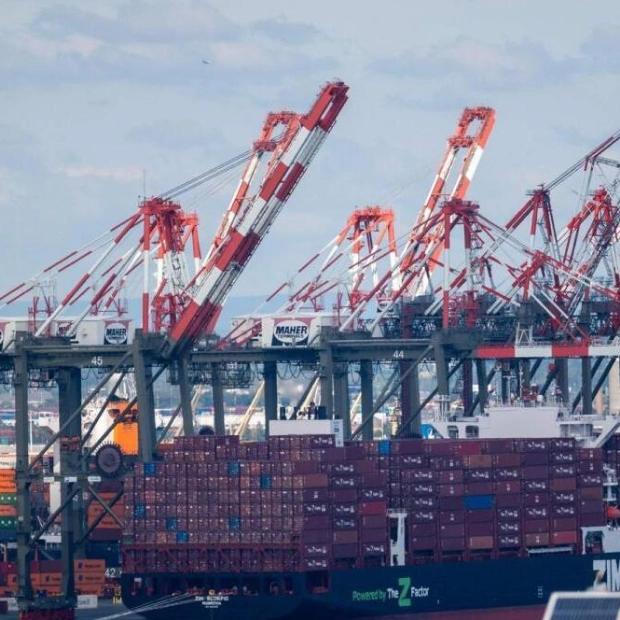In July, Middle Eastern airlines saw a 5.8 percent rise in passenger demand compared to the same month last year, as global demand, measured in revenue passenger kilometres (RPK), jumped by 8.0 percent relative to July 2023. According to data from the International Air Transport Association (Iata), the capacity of Middle Eastern carriers grew by 5.5 percent year-on-year, with a load factor of 84.1 percent, an increase of 0.3 percentage points from July 2023. Worldwide, total capacity, measured in available seat kilometres (ASK), increased by 7.4 percent year-on-year. The global load factor for July was 86 percent, a rise of 0.5 percentage points from the previous year. There was no notable negative impact on demand from the CrowdStrike IT outage on July 19.
In the air cargo sector, Middle Eastern carriers experienced a 14.7 percent year-on-year increase in demand in July, driven by maritime tensions and a surge in e-commerce. These carriers handled 13.5 percent of global cargo during this period, a figure unchanged from the previous month. Globally, total demand, measured in cargo tonne-kilometers, surged by 13.6 percent in July compared to the same month in 2023. Middle Eastern carriers' air cargo capacity expanded by 4.4 percent in July compared to the previous year. The Middle East-Europe trade lane saw a 32.2 percent year-on-year growth, while demand on the Middle East-Asia route increased by 15.9 percent.
Willie Walsh, Iata’s director-general, commented, “July was another positive month. Passenger demand reached an all-time high for the industry in all regions except Africa, despite significant disruption caused by the CrowdStrike IT outage.” He emphasized the importance of aviation in various aspects of life and called for resolving supply chain issues to keep air travel accessible and affordable.
International passenger demand increased by 10.1 percent compared to July 2023, with capacity up by 10.5 percent year-on-year and a load factor of 85.9 percent, a decrease of 0.3 percentage points. Domestic demand rose by 4.8 percent compared to July 2023, with capacity up by 2.8 percent year-on-year and a load factor of 86.1 percent, an increase of 1.7 percentage points.
All regions demonstrated strong growth in international passenger markets in July 2024 compared to July 2023, indicating a return to long-term growth trends after the post-pandemic rebound. Walsh noted that air cargo demand reached record highs year-to-date in July, benefiting from global trade growth, booming e-commerce, and capacity constraints on maritime shipping. He anticipates a very strong year for air cargo, with airlines effectively navigating political and economic uncertainties to meet emerging demand trends.






